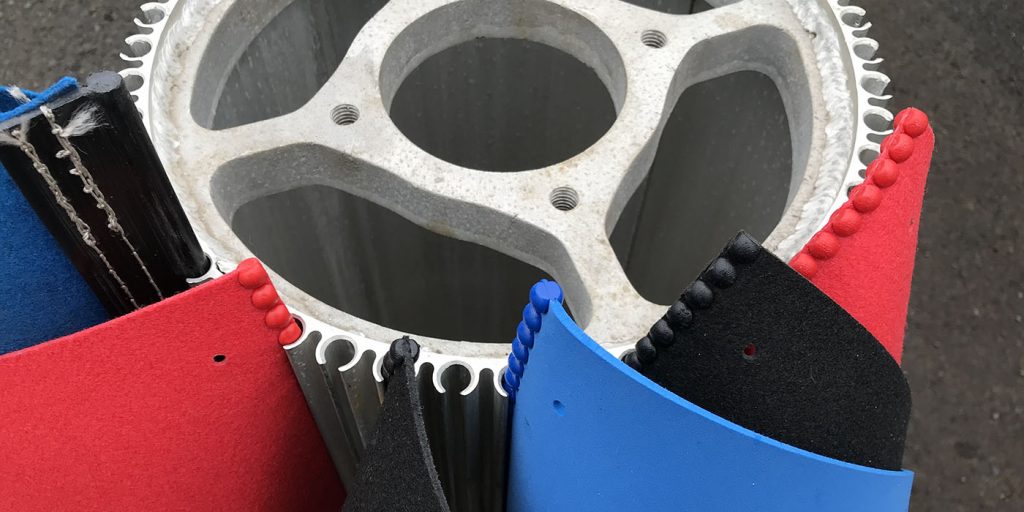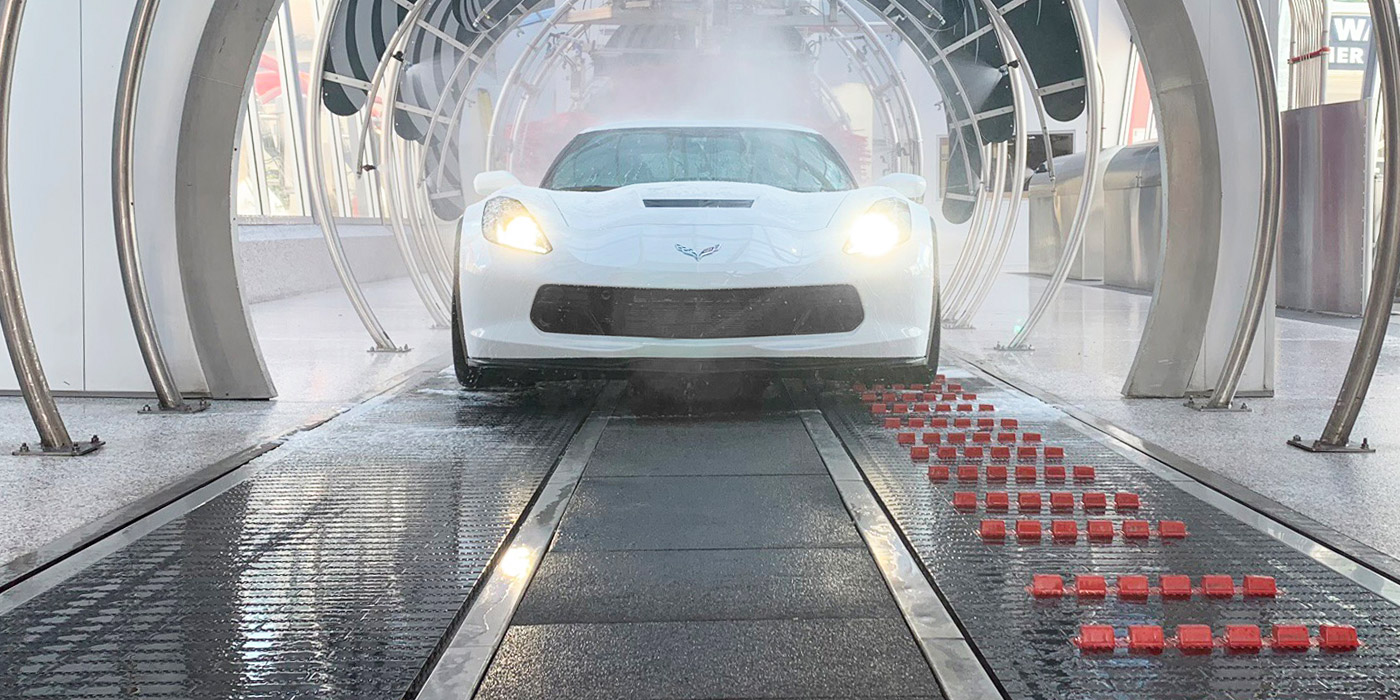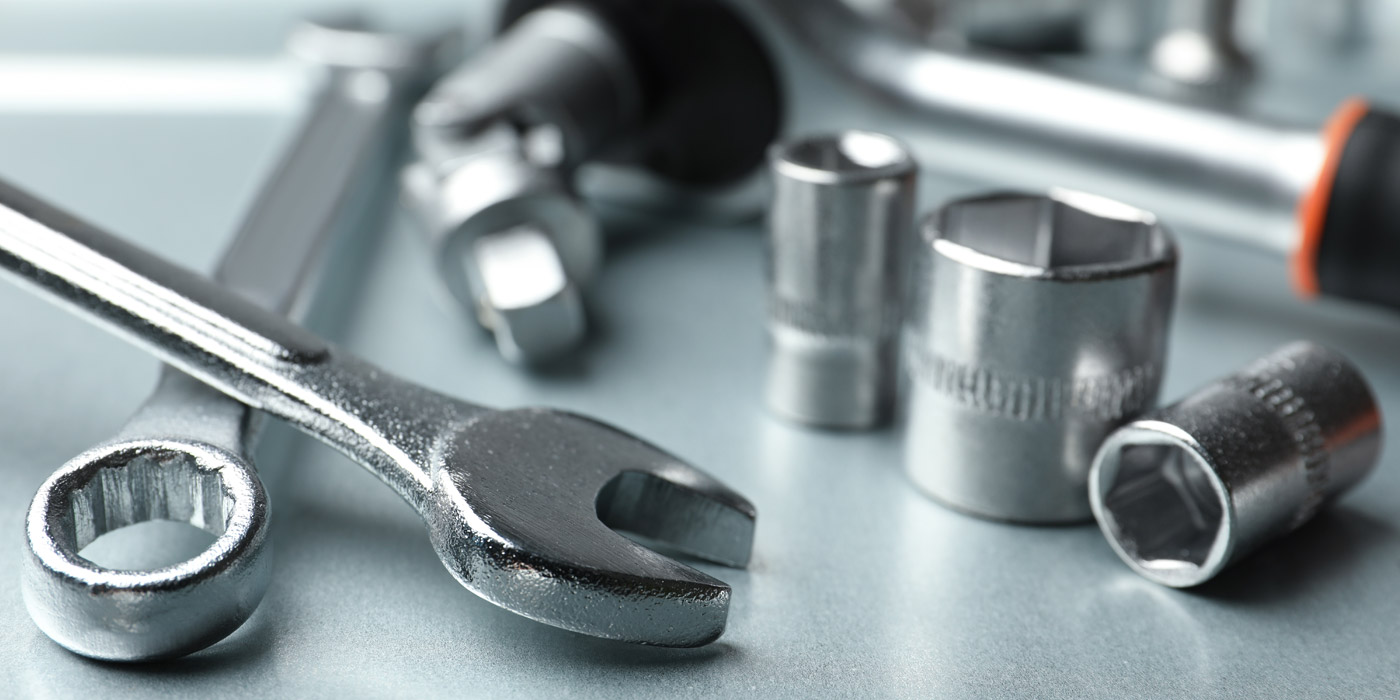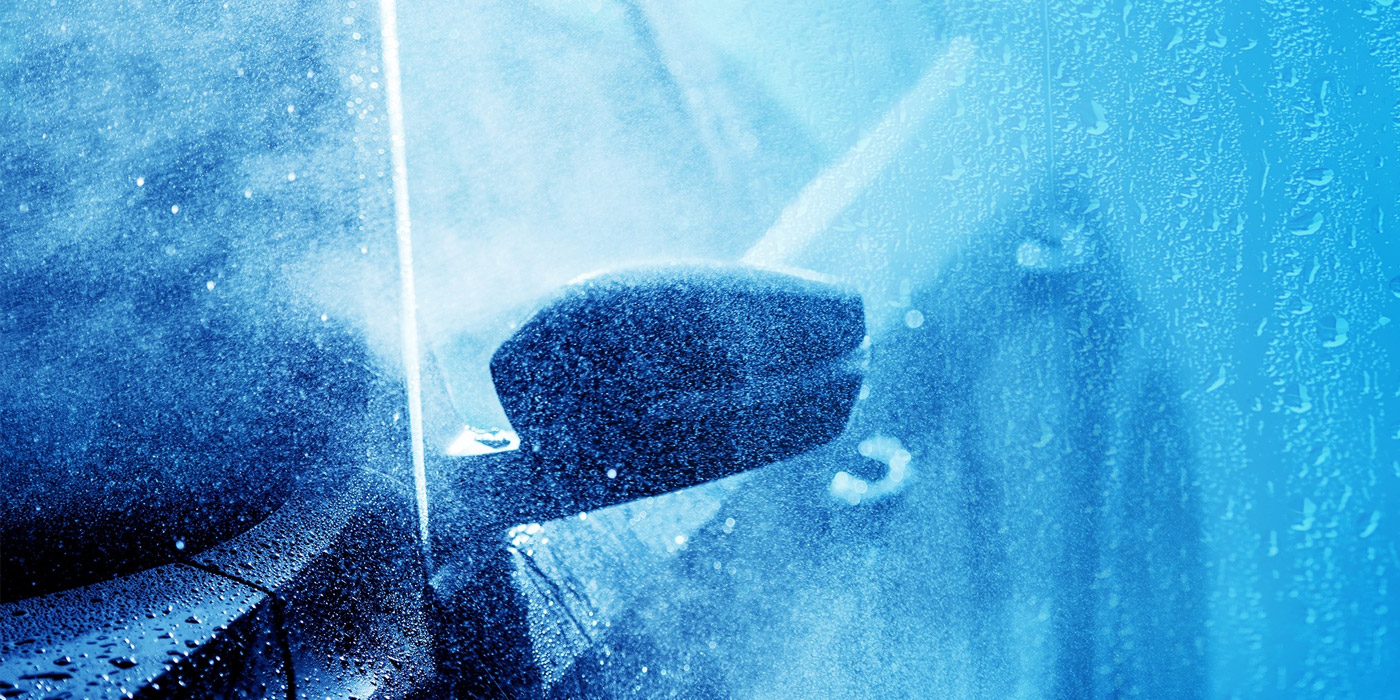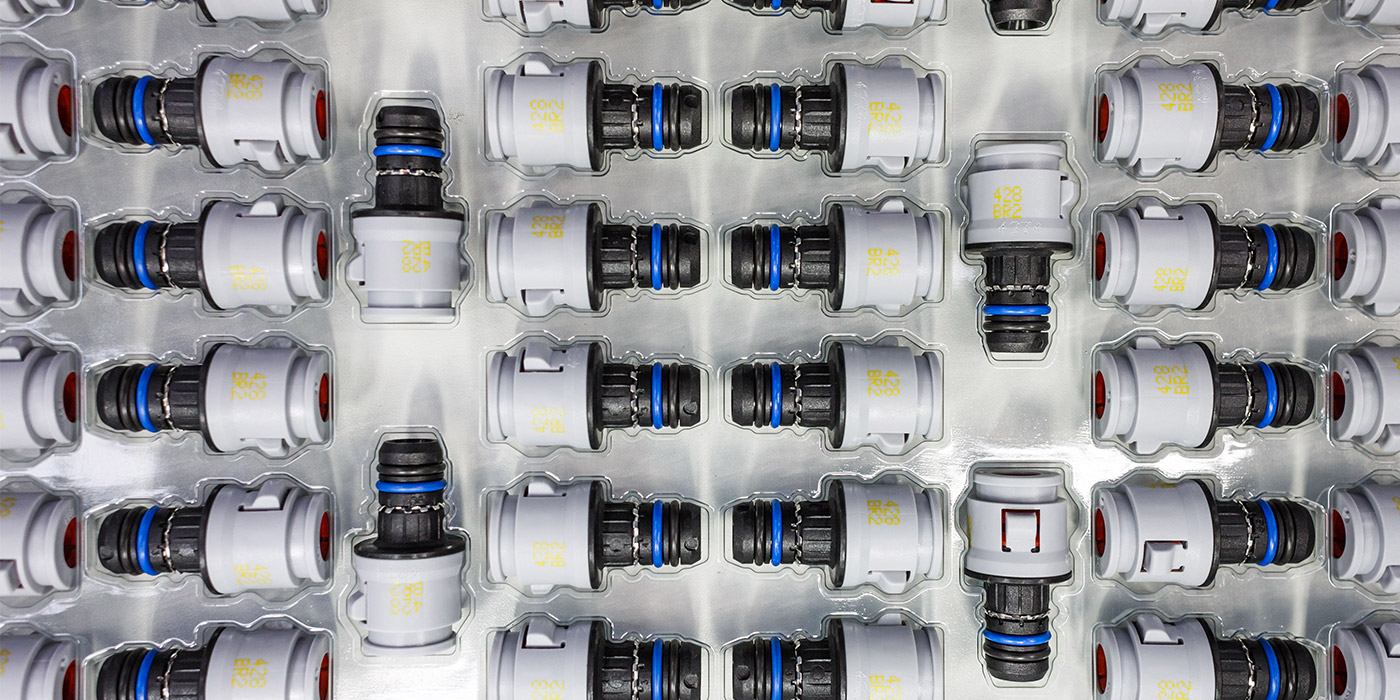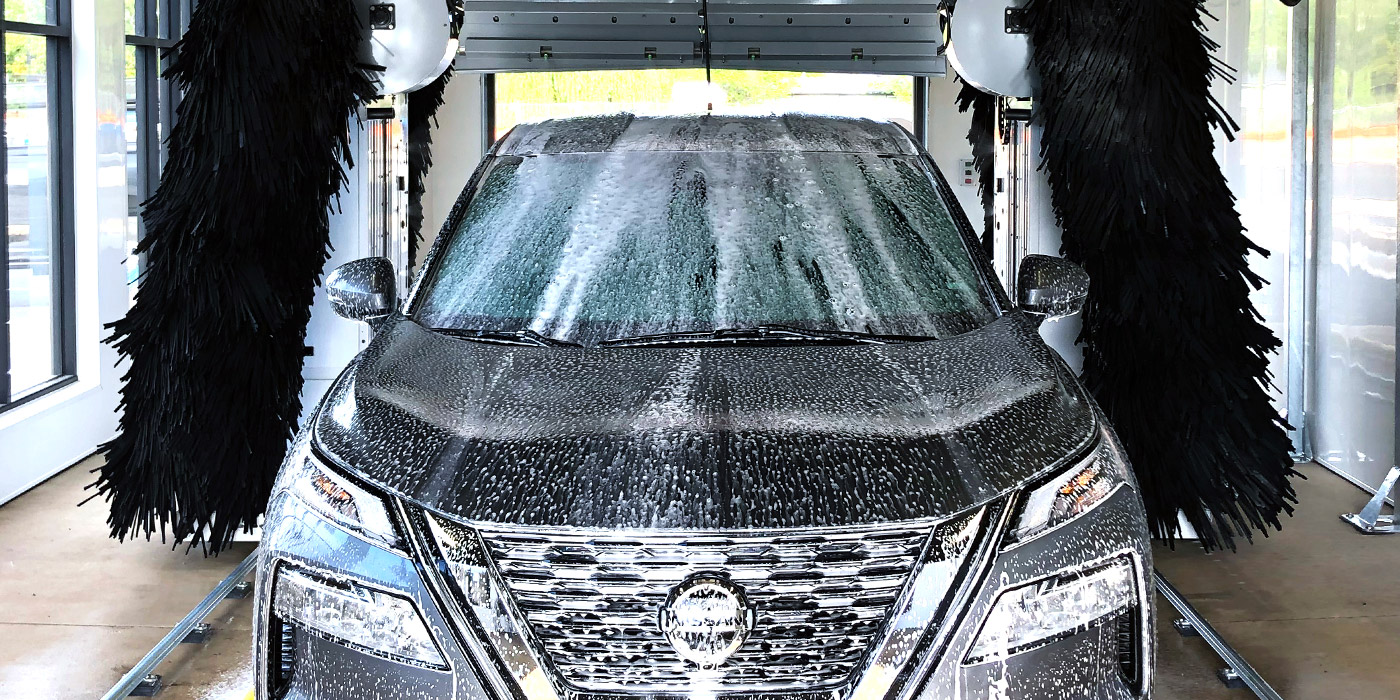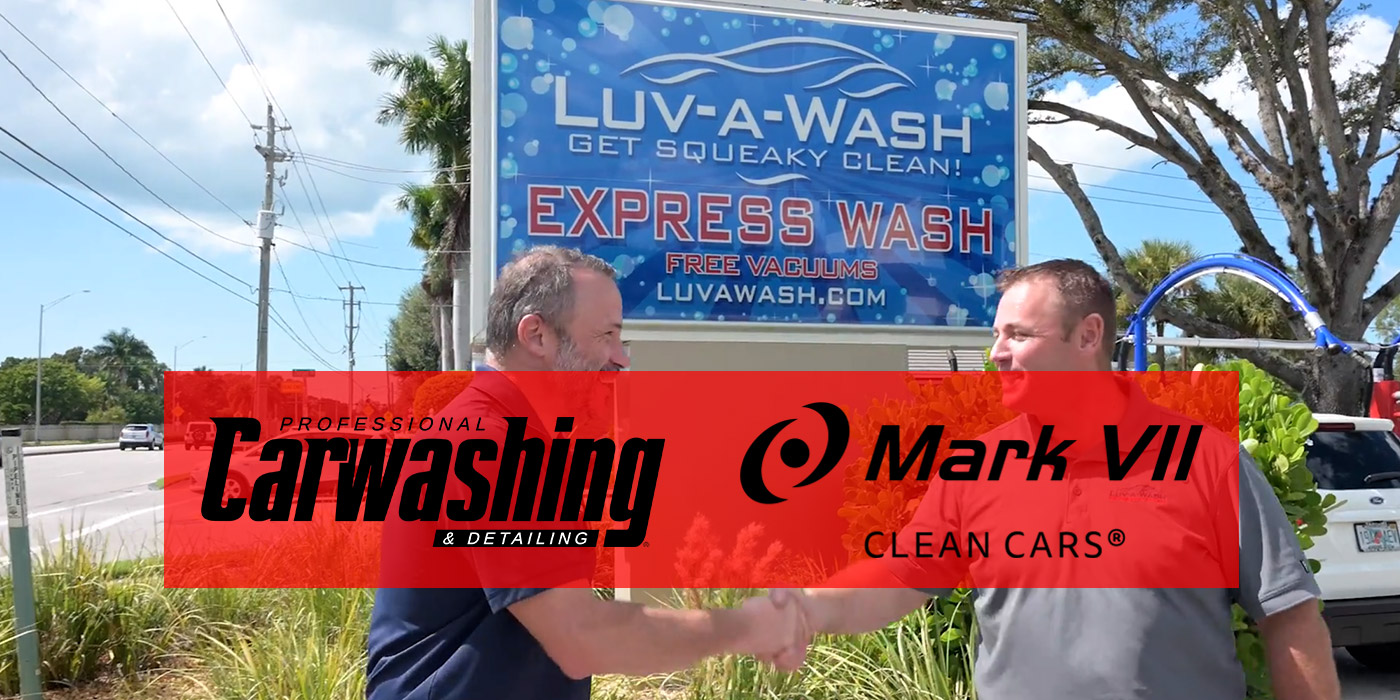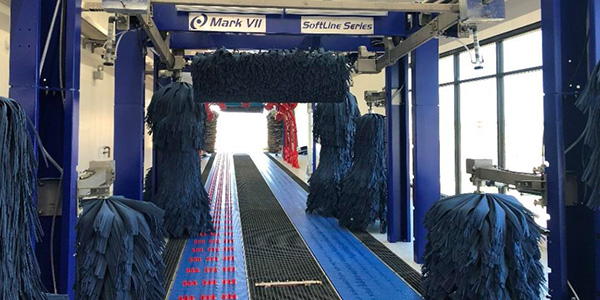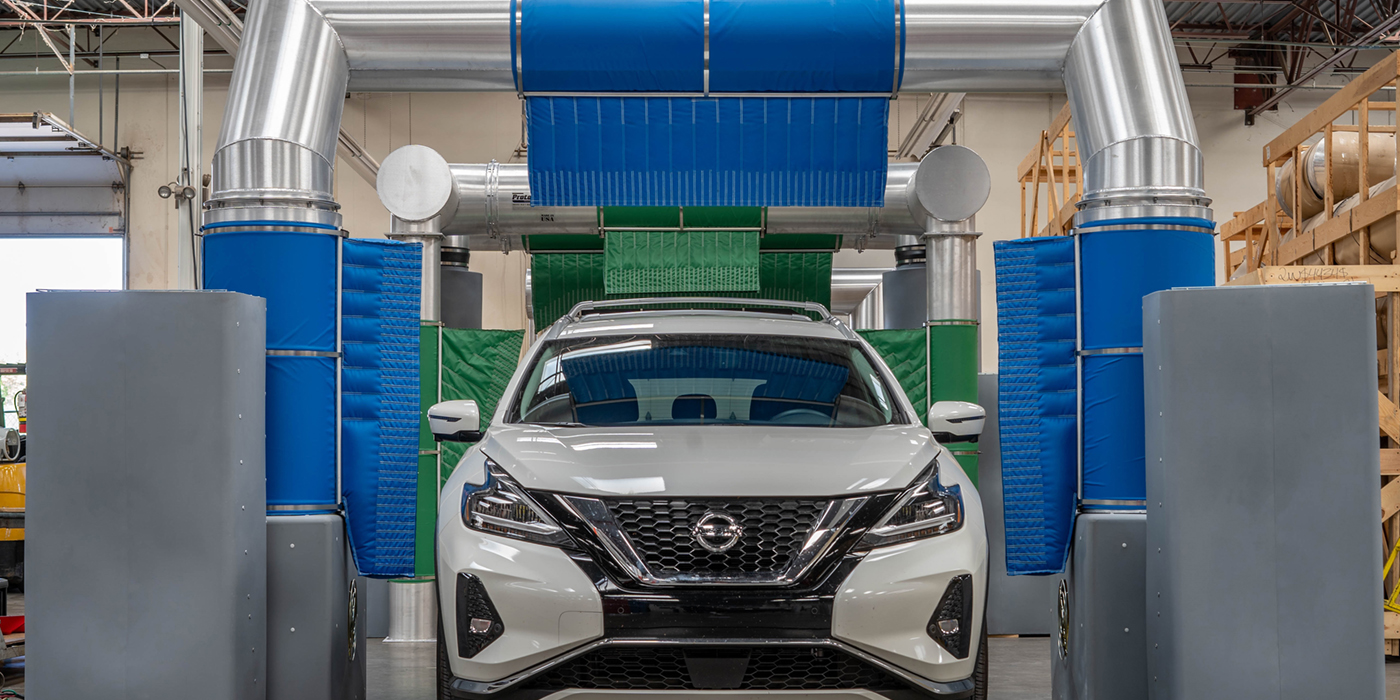No one wants to see a grimy brush, least of all a customer. Whether you have tunnel/in-bay automatic (IBA) brushes or self-serve ones, you need to keep them well-maintained and replace them when needed. Let’s delve into the signs of worn-out brushes and how you can keep them in optimal condition.
Self-cleaners
As the equipment that makes direct contact with vehicles, you want to make sure that your brushes are clean. Luckily, the applications of soap and water during the wash will also keep your brushes clean — assuming your titrations are correct. According to Robert Pecora, president of Erie Brush & Manufacturing, you first need to make sure that the vehicles are doused with a generous application of high-lubricity cleaning solution. Then, be sure that every brush has water flushing regularly through its material.
“With the right combination of chemical, water and the rotation of the spinning brushes, the sand/grit/dirt will not cling to the washing material,” Pecora states.
As a result, brushes don’t really need regular hosing down like other parts of the wash do. Sam Hadeed, co-owner of iWash Technology, states, “Most carwash owners don’t clean their brush material. Ones that do will take the time to remove them and pressure wash them. If hydraulic oil leaks on the material, most will use Dawn soap with the pressure cleaning.” He adds that some customers do use a pressure washer and chemicals to clean mitter curtains, however.
The lifespan of a brush will depend on several factors, but you do have control over many of them. On average, according to Hadeed, cloth brushes should last for at least 200,000 cars, and foam should last twice as long. Again, this will vary depending on the type and condition of the vehicles that you expect to wash.
To that end, Pecora notes three main factors within your control to help determine the life of your brushes:
- Brush revolutions per minute: How fast the brush rotates and how firmly it pushes against the vehicle are the main factors determining brush life.
- Lubricity: “I have seen a large difference in brush wear based on how much soap an operator applies to the vehicle, which reduces friction,” Pecora explains.
- Wash material type, density and cut: While softer material generally doesn’t last as long as harder material, it does clean much better.
On a general note, Hadeed adds, “When the overall material wingspan on the brush has worn more than 5 inches, it is near the end of its lifespan.”
To repair or replace?
If a tunnel/IBA brush gets damaged, the culprit is often a runaway vehicle or poor maintenance on the operator’s part. Sometimes though, unusually shaped vehicles with abnormally large side mirrors, for instance, can dig too deeply into the brush material and substantially advance the wear. Vehicles with odd attachments can also rip off brush fingers if they get caught and can’t come loose.
“Having a sophisticated brush design with smaller, replaceable sections will allow an operator to replace only the damaged sections at a far lower cost than replacing the entire brush,” Pecora states.
Hadeed agrees, assuming that the cores are in good shape and that the material panels slide out with ease. As such, you should inspect your brush cores for excessive wear, cracking or damage, and if they show these signs, you need to replace the cores immediately to avoid damaging customer vehicles.
Related: Quieter wash wheels and brushes
“Installing the highest quality aluminum, corrosion-resistant cores that are appropriate to the material being inserted in the channel can extend lifespan,” Pecora states. “It is not unusual for cores to last 10 years or more. Not all aluminum is the same, nor is the material being inserted into the channel. With the highest quality materials, the individual brush pieces — cloth or foam — should slide in and out of the channel easily. By not having to change the core and only replacing the worn material, this saves time and money.”
However, another thing that happens to brush cores, according to Hadeed, is that sewn panel attachments get stuck and damage the cores over time. Again, both the panels and the core would need replacing at this point. As an alternative, Hadeed notes there are new manufacturing designs available for c-channel cloth and foam that are not sewn onto a plastic extrusion, which makes it easier to slide panels in and out of a core, thereby extending its life.
Or, he adds, you can also go with the coreless route. “An operator can choose to use new technologies that are available today … such as coreless panels, which stack flat, that can be configured in many different stack patterns and contours. [An] example is configuring a helix (screw-shape), so dirt and grime can be washed in a downward motion,” Hadeed elucidates.
Self-serve brush care
Like any brush, self-serve brushes will disintegrate more rapidly if there is not sufficient soap or foam projecting out of the brush to provide lubricity. In addition, customer misuse can be a contributing factor, particularly if customers are scrubbing engine compartments. According to Hadeed, self-serve brushes should be replaced when the material gets to be less than 2 inches in length.
However, depending on the type of material your brush is made out of, there may be other factors that would cause you to replace it. For instance, if you have synthetic brushes, even if your bristles are over 2 inches, they may be so bent out of shape that they should be replaced just as if they had been worn away.
Pecora explains, “Synthetic brushes made of nylon, polyester and polypropylene generally have shorter filaments with fewer bristles on the brush head. As a result, they wear out quickly, bend out of shape and don’t typically return to full upright position. When synthetic is bent, in my opinion, it is time to replace the brush. It could continue to be used by the customer but does not clean as well or look professional.”
Related: The best of brushes, the worst of brushes
On the other hand, Pecora continues, hog’s hair brushes have a much greater bend and recovery ability and also provide a softer touch to the vehicle. The natural fibers retain their original shape far better when bent at a 90-degree angle, and they will almost always recover to their original shape.
In addition, self-serve brushes require a little more maintenance on the part of the operator than tunnel/IBA brushes do.
“Self-serve brushes need to be checked daily for grease, mud or damage,” Hadeed asserts, adding that owners can typically wash these brushes with degreaser, Dawn soap or Simple Green. “WD-40 also works great to clean grease off a self-serve brush as long as an operator makes sure to completely rinse the brush thoroughly afterwards.”
In addition, Pecora warns operators to make sure their brush holders don’t allow the brush filament to rest against the wall. “This can lead not only to additional wear but to grit being transferred from the wall to the brush to the finish of the car,” he explains.
If you have specific questions about how to keep your brushes from wearing out quickly, be sure to contact your manufacturer or distributor. After all, a brush cleans only as well as it is maintained, which means your maintenance schedule (or lack thereof) has a direct impact on your wash quality.

